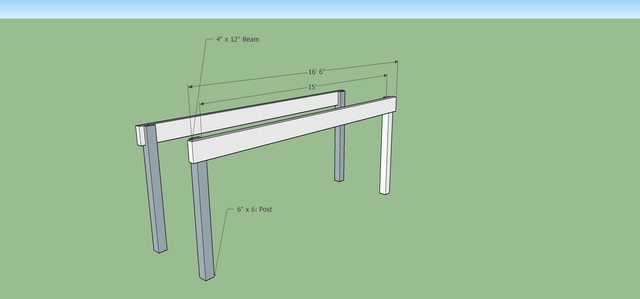IHDiesel73L
ArboristSite Operative
I have a whole mess of locust on my property including some very tall and very straight 18"+ diameter trees. My buddy who has a Wood Miser will be coming over once we get a few of them on the ground and stacked and will mill whatever I want for $0.55/board foot. When considering what types of lumber I'm milling and what size (6x6 posts, 6x8 beams, etc...) pieces, it would be helpful to know if locust is on par with douglas fir, southern yellow pine or some other widely used species for dimensional lumber especially for spans, etc... Anybody know an online resource for this? One of the projects I have in mind is a 16' x 6' open sided woodshed with locust posts. I'm wondering how far I could span without a post if we milled say a 4x12 beam or something of that nature.





